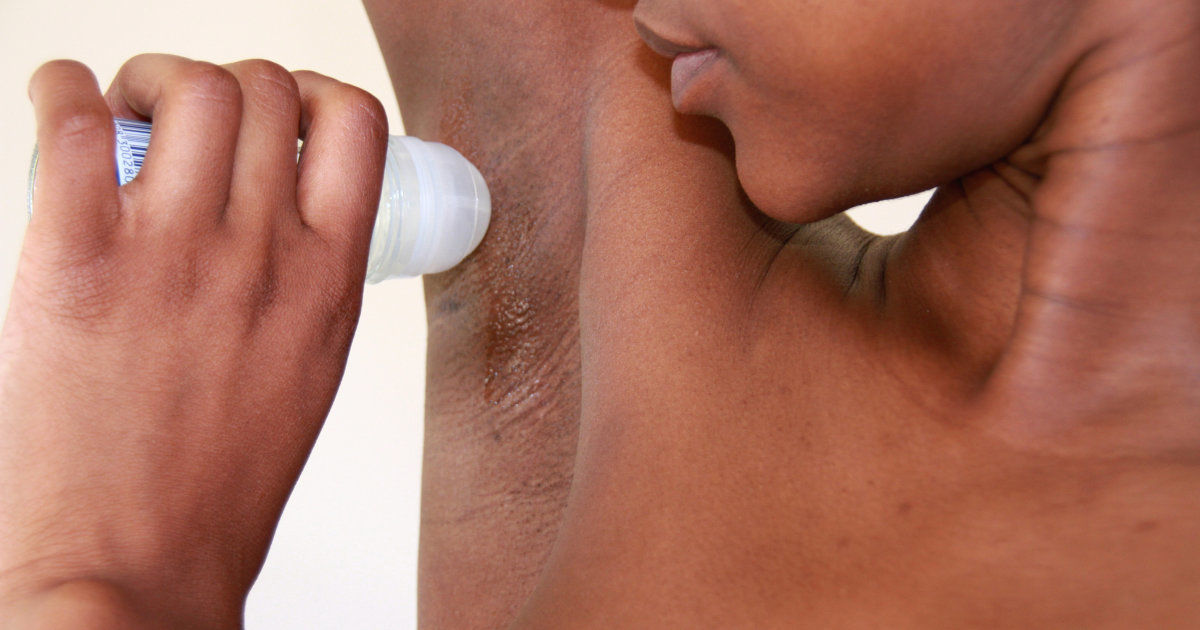Hyperhidrosis Treatment Methods
Hyperhidrosis is a rare, but serious condition in which an individual perspires excessively. It affects two to three percent of Americans, and patients with this condition will sweat at any time, regardless of weather conditions. This condition can be present at birth or be caused by systemic, endocrine, or neurological issues. Symptoms include excessive sweating on the palms of the hands, soles of the feet, and armpit. Sweat often soaks through clothing. Treating the underlying condition that causes hyperhidrosis is optimal, but hard to identify at times as most patients who suffer from hyperhidrosis are otherwise healthy. The following are some ways to treat excessive perspiration.
Wear Stronger Antiperspirant

Antiperspirants are usually the first method of treatment in reducing symptoms of hyperhidrosis because they are the least invasive. Antiperspirants, which are applied topically, use aluminum compounds to help stop perspiration. This works because the aluminum seeps into the sweat ducts, combines with sweat creating precipitate salt, and forms a shallow plug to slow sweat flow. There are many different brands of over-the-counter antiperspirants that all contain aluminum compounds in varying amounts, typically between fifteen and twenty-two percent. Individuals who find their antiperspirant ineffective can try wearing a stronger one. When even these antiperspirants are ineffective, a doctor can advise a stronger antiperspirant that can only be purchased with a prescription.
Keep reading to reveal more hyperhidrosis treatment methods now.
Avoid Restrictive Clothing

Avoid restrictive clothing whenever possible to help with this condition. Loose-fitting clothing allows more air flow to the skin so an individual with hyperhidrosis, or even without, does not sweat as badly. Any tight article of clothing helps to keep the skin’s heat close, essentially warming an individual up and causing them to sweat. This can exacerbate hyperhidrosis. Clothes that fit tightly like jeans and tight shirts should be avoided, especially in warmer climates. Loose-fitting clothing like dresses, linen pants, and button-down tops offer the most air flow. Finding undergarments with moisture wicking materials is necessary for areas in which wearing restrictive clothing is unavoidable.
Get the details on the next way to treat hyperhidrosis effectively now.
